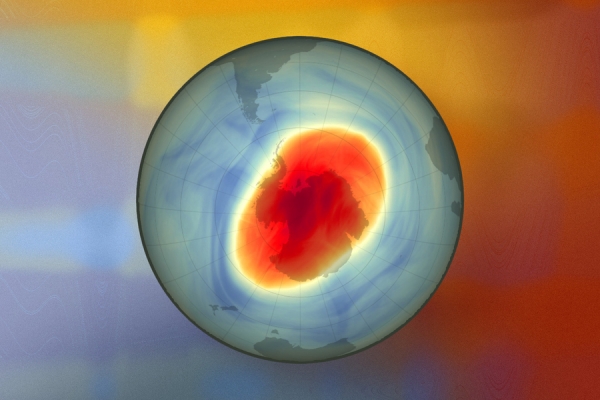A wildfire can pump smoke up into the stratosphere, where the particles drift for over a year. A new MIT study has found that while suspended there, these particles can trigger chemical reactions that erode the protective ozone layer shielding the Earth from the sun’s damaging ultraviolet radiation.
The study, which appears today in Nature, focuses on the smoke from the “Black Summer” megafire in eastern Australia, which burned from December 2019 into January 2020. The fires — the country’s most devastating on record — scorched tens of millions of acres and pumped more than 1 million tons of smoke into the atmosphere.
The MIT team identified a new chemical reaction by which smoke particles from the Australian wildfires made ozone depletion worse. By triggering this reaction, the fires likely contributed to a 3-5 percent depletion of total ozone at mid-latitudes in the Southern Hemisphere, in regions overlying Australia, New Zealand, and parts of Africa and South America.
The researchers’ model also indicates the fires had an effect in the polar regions, eating away at the edges of the ozone hole over Antarctica. By late 2020, smoke particles from the Australian wildfires widened the Antarctic ozone hole by 2.5 million square kilometers — 10 percent of its area compared to the previous year.
Read more at Massachusetts Institute of Technology
Image: An MIT study finds that smoke particles in the stratosphere can trigger chemical reactions that erode the ozone layer — and that smoke particles from Australian wildfires widened the ozone hole by 10 percent in 2020. This map shows the size and shape of the ozone hole over the South Pole on Oct. 5, 2022. Credits: NASA Earth Observatory image by Joshua Stevens. Edited by MIT News.


